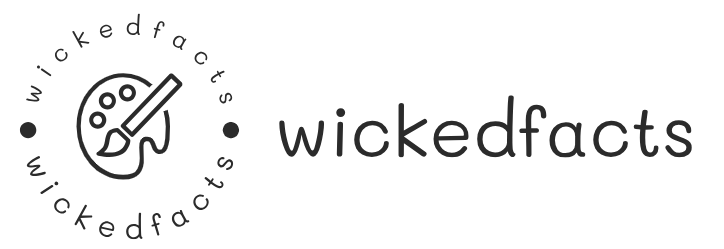Movie Review: The Illusionist (2011) – Directed by Sylvain Chomet
The Illusionist perfectly combines the unique, detailed visual style of Oscar-nominated animator/writer/director Sylvain Chomet with the melancholy, simple and poignant storytelling approach of celebrated writer/director/actor Jacques Tati. Although traditionally animated, the film could easily have been a live action work, especially with the lead character so closely mimicking Tati’s own Monsieur Hulot (a single clip from Mon Oncle pays appropriate homage), and the use of a dramatic, tragic, romantic plot that never strays from reality. It’s occasionally sad, oftentimes humorous, and always touching.
An aging magician (voiced by Jean-Claude Donda) in 1960s Paris somberly realizes that his amusing craft is no longer an exciting art form for the crowds of youngsters that cheer for opening acts like Billy Boy and the Britoons, a stereotypical rock group with springy hair, colorful suits and giddy demeanors. When his venue tumbles from a classy music hall to a crowded park, he journeys to Scotland for work. He’s greeted by friendly people and finds small success at a little pub, where he also meets Alice (Eilidh Rankin), a young woman working as a maid and innkeeper.
The elderly man takes a liking to the girl, and treats her to a new pair of shoes. When he gathers together enough money to return to Paris and try his tricks anew, he takes Alice with him; the two share a small apartment (joined by his feisty white rabbit) and are content with their new father/daughter relationship. While their happiness never really dwindles, the poverty surrounding them, and the magician’s slow but steady inability to hold a job (let alone a magic-oriented act) in the trying times, weigh heavy on their livelihood.
Chomet’s animation and character designs are curiously sightly in the way the characters have too much detail (signified by excessive lines) in odd places, such as the wrinkles in the face or the folds in clothing or the creases in hands. Most of them are quite ugly due to the extreme exaggeration in physical distortions, from plump noses placed high on the head, to thinly stretched lips pulled across large teeth, to the incredibly obese, short and stocky, gangly or off-balance. Facial features are always elongated, misplaced, shrunken, or mutilated in hilariously stylized fashions. With the watercolored backgrounds and equally exaggerated body movements, Chomet’s animations are instantly recognizable.
The near nonexistence of dialogue allows the movie to be universally appealing and understandable, with the simplicity of the plot aiding in bringing the character designs to the forefront (so too are the background characters carefully stylized). Some may scoff at the intentional pacing, woeful mood, or the lack of action, but the heartfelt acts of kindness and saddening emotional stresses are beautifully realized. The Illusionist joins The Triplets of Belleville as a stunning masterpiece of illustration, animation, character design and story.


